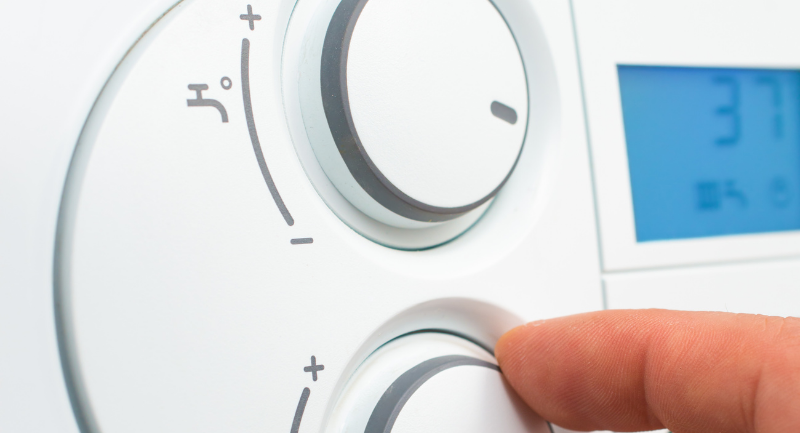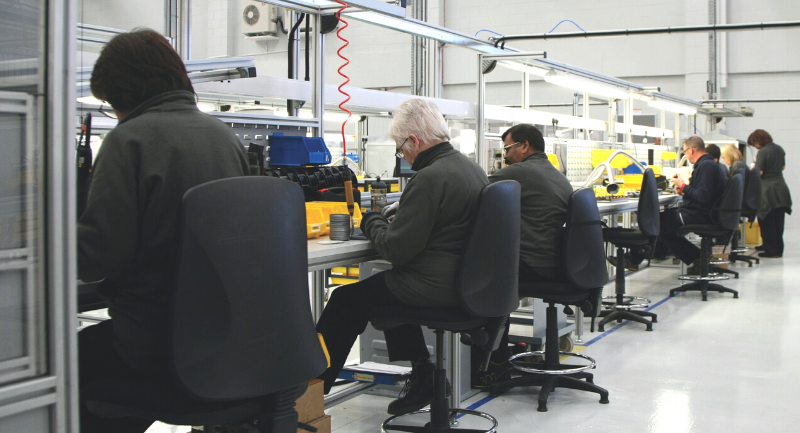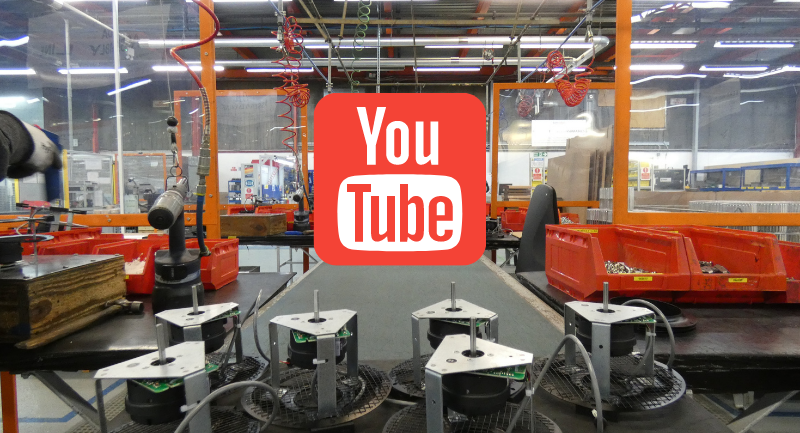All motors consume power whilst rotating, but rotation can be driven by AC, EC or DC technology. What exactly does this mean? In this short article we’ll cover the basics, so next time you come across these terms in the market you’ll have a better understanding.
What is AC technology?
AC technology stands for Alternating Current. It is an electric current that periodically reverses direction. On a graph it would appear as a wave. The AC wave is commonly used to deliver electric power to homes and offices at 230 V. In terms of motor technology, it usually refers to a class of motor that uses the wave to directly cause rotation. This can either be synchronous (the rotational speed is locked to the same frequency as the AC wave) or asynchronous (the rotational speed is different to the frequency of the AC wave).
What is EC technology?
EC technology stands for Electronically Commutated. It combines the best elements of both AC and DC technologies and refers to a class of motor that is totally dependent on electronics to cause rotation. Generally, the electronics convert AC to DC, then invert the DC back to AC. Rotational speed can be controlled by functions within the electronics. You can learn more about EC technology with our 2 minute guide. There you can discover the advantages of using EC technology and how it works.
What is DC technology?
DC technology stands for Direct Current. It is an electric current that does not reverse direction. The DC is usually supplied at a voltage lower than AC. In terms of motor technology, it can either refer to a class of motor that requires a mechanical commutator to cause rotation or to class of motor that includes electronics to cause rotation. In both cases, the rotational speed can be controlled either by adjusting the current that the motor takes or by the electronics.
Where we come in
Torin-Sifan designs and manufactures highly efficient AC and EC motors, motorised impellers and fans for the residential and commercial HVAC manufacturing markets worldwide. So if you’re looking for a particular motor technology or specification, we can offer solutions to meet your exact needs.




